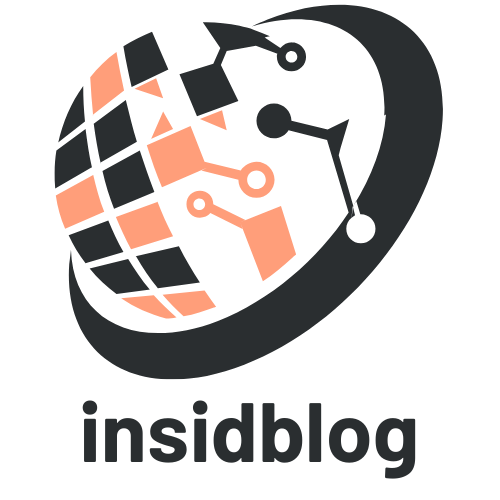In a world where technology seems to advance faster than a speeding bullet, it’s no surprise that government is jumping on the digital bandwagon. Enter GovTech—the superhero of public sector innovation. Think of it as the tech-savvy sidekick that helps governments tackle challenges, streamline services, and maybe even make bureaucracy a little less boring.
GovTech isn’t just about fancy apps and shiny websites; it’s about harnessing the power of technology to improve citizens’ lives. From smart city initiatives to data-driven decision-making, it’s transforming how governments operate. So buckle up and get ready to explore the fascinating world of GovTech, where public service meets cutting-edge innovation. Who knew saving the day could be so high-tech?
Table of Contents
ToggleWhat Is Govtech?
GovTech refers to the use of technology to improve the delivery of public services, streamline government operations, and enhance overall citizen engagement. This innovative sector incorporates various tools and platforms that enable governments to operate efficiently and responsively.
Smart cities exemplify GovTech initiatives, where data collected from sensors and devices helps manage urban infrastructure, optimize transportation, and improve public safety. Digital platforms facilitate citizen participation in governmental processes, ensuring transparency and accessibility.
Data-driven decision-making plays a crucial role in GovTech, allowing government agencies to analyze information for better policy formulation and resource allocation. Governments adopt analytics tools to interpret vast amounts of data and ensure informed decisions impact communities positively.
Cloud computing provides another essential component of GovTech, offering scalable solutions that reduce costs while enhancing service delivery. Agencies utilize cloud platforms to store data securely and improve collaboration among departments.
Collaboration with startups and technology firms supports GovTech’s expansion. Partnerships encourage innovation, leading to the development of new applications and services tailored to meet citizen needs.
Furthermore, cybersecurity remains a key focus area within GovTech, ensuring that sensitive information is protected from threats. Investments in robust security measures instill public trust in government technology initiatives.
Overall, GovTech represents a shift towards more responsive, efficient, and accountable government operations. By leveraging technology, governments aim to create meaningful change in how they serve their constituents.
The Evolution of Govtech

GovTech has significantly transformed how governments interact with citizens. This evolution reflects the increasing integration of technology into public sector operations.
The Rise of Technology in Government
Technology’s rise in government stems from a clear need for efficiency. Governments adopted digital solutions to streamline services and improve citizen engagement. Innovations such as mobile applications enable real-time communication between officials and the public. Cloud services allow flexibility and cost savings, supporting essential functions and storage. Accessibility remains a priority, ensuring that all citizens can participate in the democratic process. Overall, the growth of technology has reshaped expectations and requirements for public service delivery.
Key Milestones
Several key milestones mark the evolution of GovTech. In 2000, the U.S. launched its E-Government initiative, establishing online access to public services. The introduction of smartphones in the late 2000s catalyzed further innovation, allowing easier citizen engagement. In 2015, the United Nations adopted the Sustainable Development Goals, emphasizing the role of digital solutions in achieving societal development. More recently, the global pandemic accelerated the shift towards remote services, demonstrating the necessity of adaptable technology in governance. Each of these milestones illustrates the ongoing commitment to enhancing governmental efficiency and responsiveness through technology.
Notable Examples of Govtech
GovTech includes various successful startups and innovative government initiatives that illustrate its impact on the public sector.
Successful Govtech Startups
Numerous startups are revolutionizing public services through technology. For instance, CityGlance provides real-time data analytics for urban planning, helping cities optimize resources. CivicPlus offers digital solutions for local governments, enhancing citizen engagement through websites and mobile apps. Ahora, another notable startup, focuses on improving accessibility and communication for citizens interacting with government services. These companies exemplify how innovative solutions can streamline operations and improve public service delivery.
Innovative Government Initiatives
Governments around the globe have launched initiatives showcasing the potential of technology in public administration. Smart city projects in Barcelona utilize IoT devices to manage traffic flow and improve air quality. In Singapore, the government employs a digital platform to allow citizens to file complaints and track responses efficiently. Additionally, the U.S. Digital Service focuses on improving federal services through user-centered design and agile methodologies. Each initiative highlights the commitment to enhancing government efficiency and responsiveness through technology.
Benefits of Govtech
GovTech offers numerous advantages that significantly impact public sector operations and citizen interactions. By harnessing innovative technology, governments can improve their services and responsiveness.
Improved Efficiency and Transparency
Improved efficiency stems from the integration of technology in governmental processes. Data analytics enables agencies to streamline operations and minimize resource waste. Enhanced transparency results when citizens access information surrounding governmental activities easily. Governments can utilize digital platforms to publish information and allow real-time tracking of public projects. This accessibility builds trust as communities feel informed and involved in the decision-making process. Agencies can reduce bureaucracy and ensure faster response times by adopting cloud solutions. Overall, efficiency and transparency improve public satisfaction and foster a positive relationship between citizens and their government.
Enhanced Citizen Engagement
Enhanced citizen engagement occurs through technology that promotes interaction between governments and communities. Innovative applications allow individuals to voice concerns and participate in policy discussions directly. Online platforms facilitate feedback on public services, making it easier for citizens to share their perspectives. Consequently, governments can adapt services to better meet community needs. Smart city initiatives invite residents to take part in urban planning, giving them a say in the development of their environments. Increased engagement fosters a sense of ownership and accountability among citizens. As a result, they are more likely to participate in civic activities and support government initiatives.
Challenges Facing Govtech
Govtech faces several significant challenges that hinder its potential in transforming public services. Addressing these issues requires concerted efforts from government agencies, private sector partners, and citizens.
Security and Privacy Concerns
Security concerns pose a substantial threat to the implementation of Govtech solutions. Sensitive data generated from citizen interactions and government operations needs robust protection mechanisms. High-profile data breaches illustrate the potential risks. Regulations, such as the General Data Protection Regulation (GDPR), mandate stringent data handling protocols. Governments must invest in advanced cybersecurity measures and create comprehensive policies to safeguard data. Ensuring transparency around data usage can build public trust. Moreover, regular training for public employees on security best practices improves overall resilience.
Resistance to Change
Resistance to change significantly obstructs the advancement of Govtech initiatives. Traditional government structures often cling to established processes. Employees may fear technology that alters their roles or requires new skill sets. Engaging stakeholders throughout the change process encourages acceptance. Success stories from other municipalities can serve as motivation for acceptance. Building a culture of innovation fosters openness to new technologies. Additionally, training programs focused on enhancing digital literacy can ease the transitional challenges faced by government personnel.
GovTech is reshaping the landscape of public service by integrating technology into government operations. This innovative approach not only enhances efficiency but also fosters greater citizen engagement. As governments continue to adopt digital solutions, the potential for improved transparency and responsiveness grows significantly.
While challenges such as cybersecurity and resistance to change remain, the commitment to overcoming these obstacles is evident. By prioritizing collaboration and innovation, GovTech has the power to transform how citizens interact with their governments. The future of public services looks promising as technology continues to pave the way for meaningful change.



